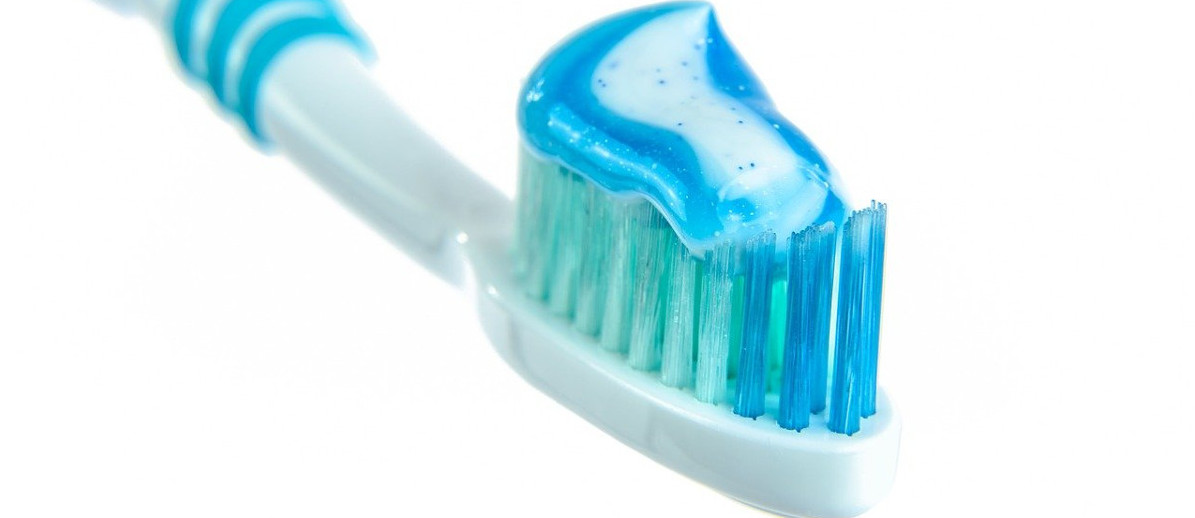
Precipitated Calcium Carbonate is used by toothpaste and tooth powder manufacturers widely to reduce the cost and to improve the quality of the product.
Due to its abrasive characteristics, toothpaste and tooth powder manufacturers use it as a cleaning and polishing agent. The average particle size at D 0.50 is maintained between 5 to 7 μm and the pH is controlled about at 9. Precipitated Calcium Carbonate also offers different water absorption options, which enables the manufacturers to choose most suitable option to maintain desired water content in the toothpaste. Tooth powder manufacturers also get benefit of fluffiness due to low Bulk Density of Precipitated Calcium Carbonate.
| CaCO3 % by Weight | 98.25 ± 0.25 |
| Lead as pb | 10 ppm Max. |
| Arsenic as As | 2 ppm Max. |
| Sulphate as SO4 | 0.4% Max. |
| Soluble alkali as Na2O | 0.25% Max. |
| Silica as SiO2 | 0.5% Max. |
| Iron as Fe | 250 ppm Max. |
| Matter insoluble in HCL | 0.5% Max. |
| pH | 9.5 ± 0.5 |
| Phosphate | 20 ppm Max. |
| Chloride as Cl | 20 ppm Max. |
| Magnesium as MgO | 0.5% Max. |
| Flouride as F | 20 ppm Max. |
| Whiteness | 95 Min. |
| Crystal Structure | Argonite |
| Water Absorption | 80 to 85 ml/100 gm |
| Oil Absorption | 60 to 65 ml/100 gm |
| Loss on Drying at 105o C | 0.5% Max. |
| Specific Gravity | 2.6 to 2.9 |
| Bulk Density | 0.40 to 0.45 gm/ml |
| Average Particle Size | 5 to 7 μm |
| Residue on 300 mess | 0.2% Max. |